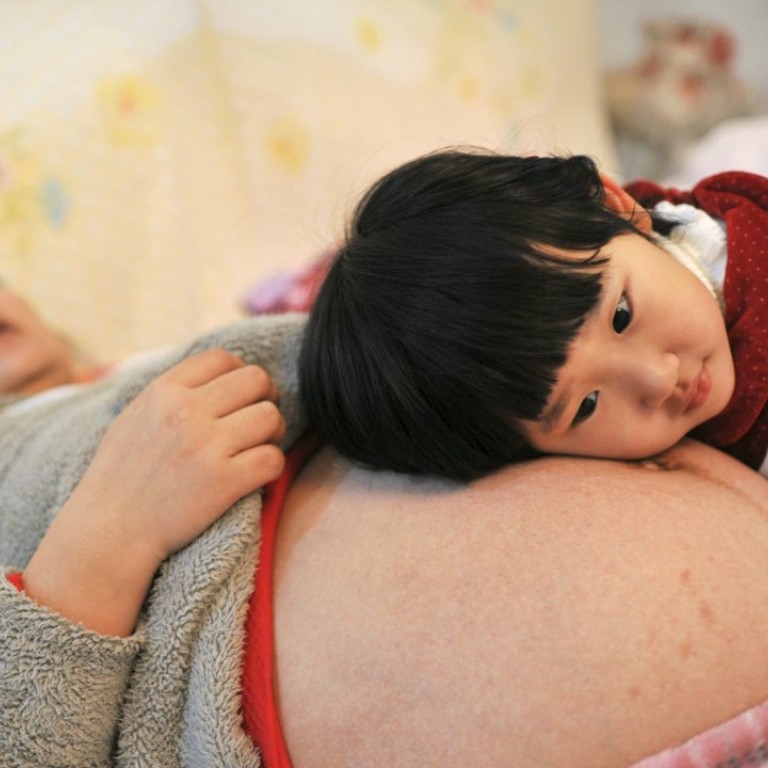
More must be done to cut the number of stillbirths in China
While the mainland is one of the most successful countries in reducing the number of deaths before birth, far too many babies are dying unnecessarily
Little is as tragic as the death of a baby before birth. But while such an event is devastating for parents, too many governments prefer to focus on live births. China, although the world’s second-most successful country in reducing stillbirth numbers, is among them; its rates are still too high. Greater investment is needed in antenatal care, especially among disadvantaged women.
A stillbirth is defined by the World Health Organisation as a fetal death after 28 weeks of pregnancy. Worldwide annually, there are about 2.6 million; they often lead to depression, stress and social isolation. In Hong Kong, stillbirths are set at 24 weeks, yet our city’s numbers per 1,000 births are just 2.8, among the best of the world’s developed societies. The mainland does not keep such records, though, and estimates have to be made through statistical modelling. Studies published recently in The Lancet medical journal put the number at between 7.2 and 8.8 per 1,000.
Globally, that is not bad; Pakistan has the highest rate with 43.1 per 1,000, followed by a host of other low-income and developing nations. China is making great inroads, recording an annual reduction of 4.6 per cent, the second-fastest in the world behind the Netherlands and more than double the global figure of 2.0 per cent. But in terms of numbers, the mainland is the fourth highest, with an estimated 122,340 stillbirth deaths each year. The worst rates are among mothers who are young, unmarried and poorly educated.
Stillbirths do not feature in five-year plans. There are no studies outside individual hospitals that determine why they occur; it has to be presumed it is for the same reasons as elsewhere, among them a lack of antenatal care, infections, diseases like obesity and diabetes, and little or no access to obstetric care at delivery. There have been major improvements, but far too many babies are dying unnecessarily. Improved care during labour and childbirth could easily halve the number. Greater investment in rural health care and better education would have an even bigger impact.

